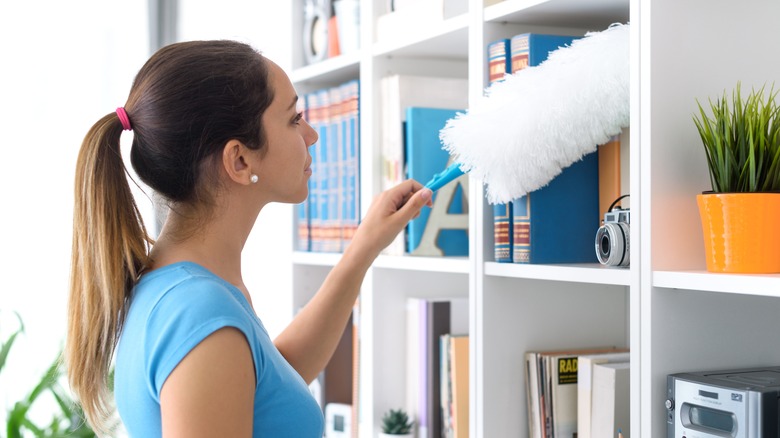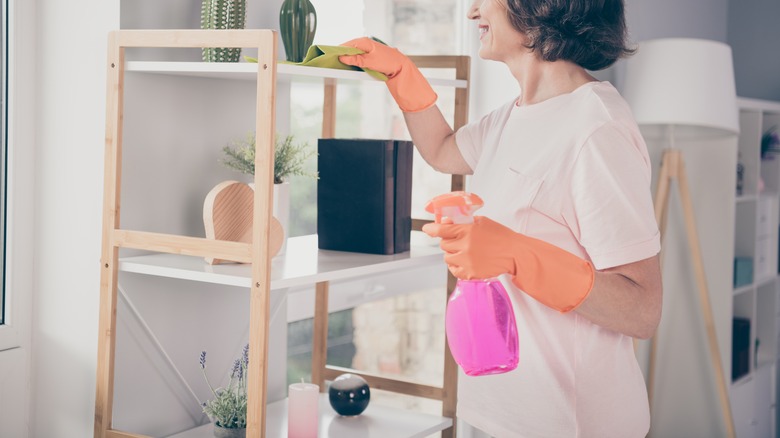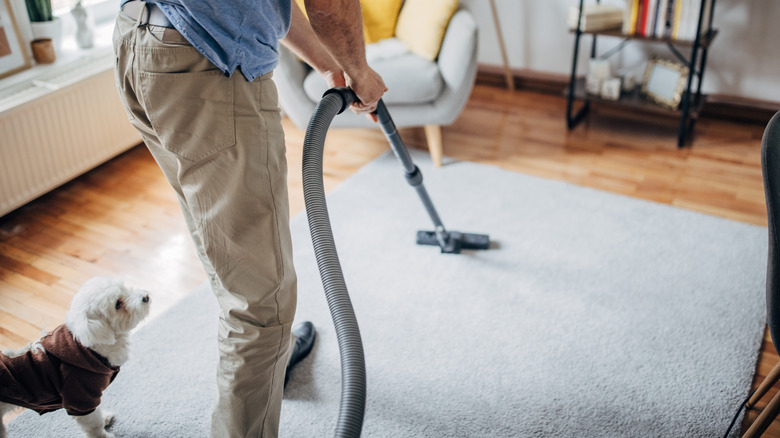Why You Should Always Dust Your Home Before Vacuuming
Keeping your home environment clean and healthy is crucial for your family's overall well-being, as it contributes to both physical health and mental peace. While we often rely on vacuum cleaners to keep our homes tidy, we may overlook the importance of dusting. However, it's essential to recognize that dusting plays a significant role in the cleaning process. And the order in which you clean can make a difference. Experts recommend dusting before vacuuming to thoroughly remove dust and debris from surfaces and capture airborne particles before they settle back onto cleaned areas.
The sequence of dusting before vacuuming has practical benefits. Vacuuming first can cause airborne dust particles to settle back onto surfaces, reducing the effectiveness of subsequent dusting. Adhering to the recommended order can achieve a more thorough cleaning outcome. Dusting removes the initial layer of dust, making the vacuuming process more efficient in capturing hidden dirt and allergens from floors and carpets.
Tips for efficient dusting
By wiping down surfaces, you remove the visible layer of grime and improve indoor air quality by reducing allergens, which is especially beneficial for those who suffer from respiratory issues. To effectively capture dust particles, use microfiber cloths or dusters. The fine fibers in microfiber materials can trap and hold onto dust rather than scattering it in the air. Using an extendable duster or a tool with a long handle can help you reach high and hard-to-access areas without straining yourself.
When dusting, it's best to start from higher surfaces like ceiling fans, light fixtures, and shelves and work your way down to lower areas. This prevents dust from resettling on already-cleaned surfaces. A gentle, sweeping motion is best for capturing dust on the cloth or duster. Don't forget to pay attention to commonly overlooked areas such as picture frames, window sills, and baseboards. It's also important to dust both sides of objects like decorative items or books for a thorough cleaning.
Effective vacuuming techniques
Vacuuming carpets, rugs, and flooring surfaces removes hidden dirt, microscopic particles, and debris that regular dusting can't. It also reduces allergens in carpet fibers, leading to a healthier indoor environment. The right vacuum cleaner makes a significant difference, too. Consider factors such as the type of flooring in your home, whether or not you have pets, and any features or attachments you might need.
To get that perfect deep clean, set your vacuum cleaner to the appropriate height for the flooring surface. Take your time and make slow, deliberate passes with the vacuum, overlapping each stroke to ensure every inch is covered. Be sure to pay close attention to high-traffic areas and areas where dust tends to accumulate, like corners, edges, and under furniture. Remember to empty the dustbin or replace the vacuum bag as needed, and clean or replace filters according to the manufacturer's instructions. This will help maintain suction power and prevent the circulation of dust and allergens, ensuring your home stays clean and healthy.


